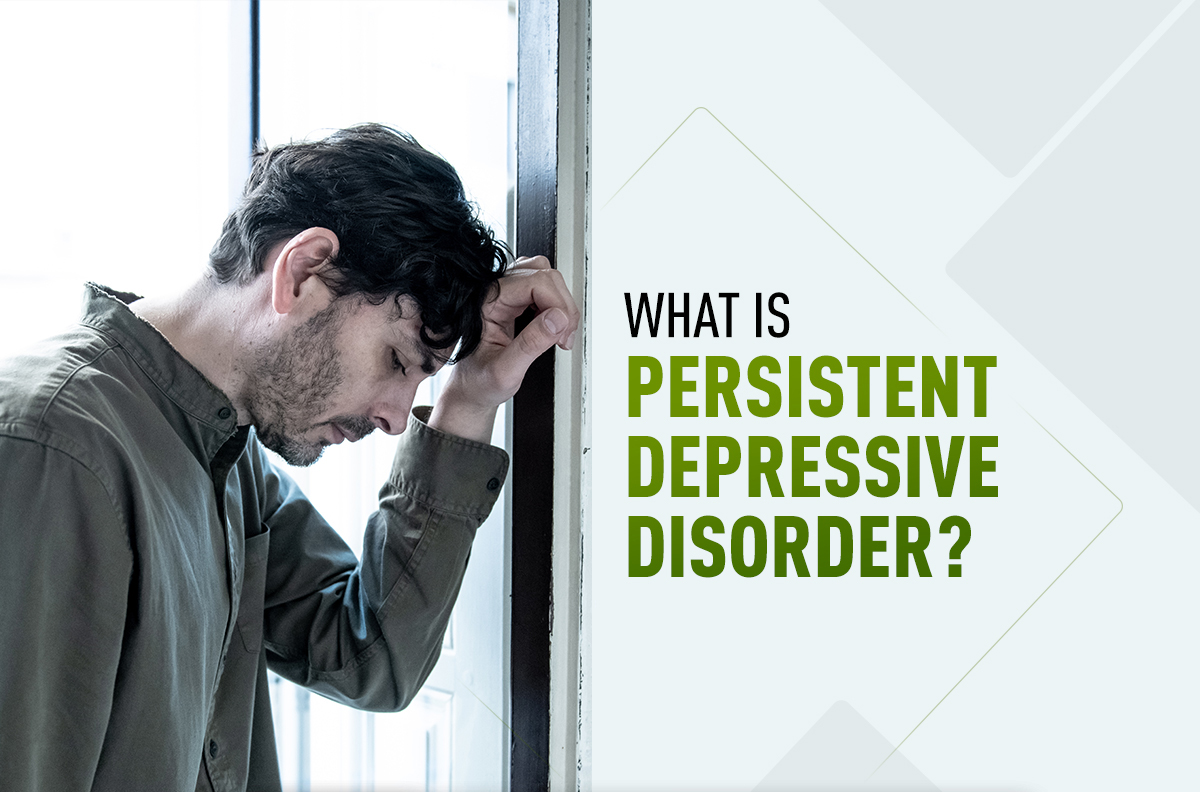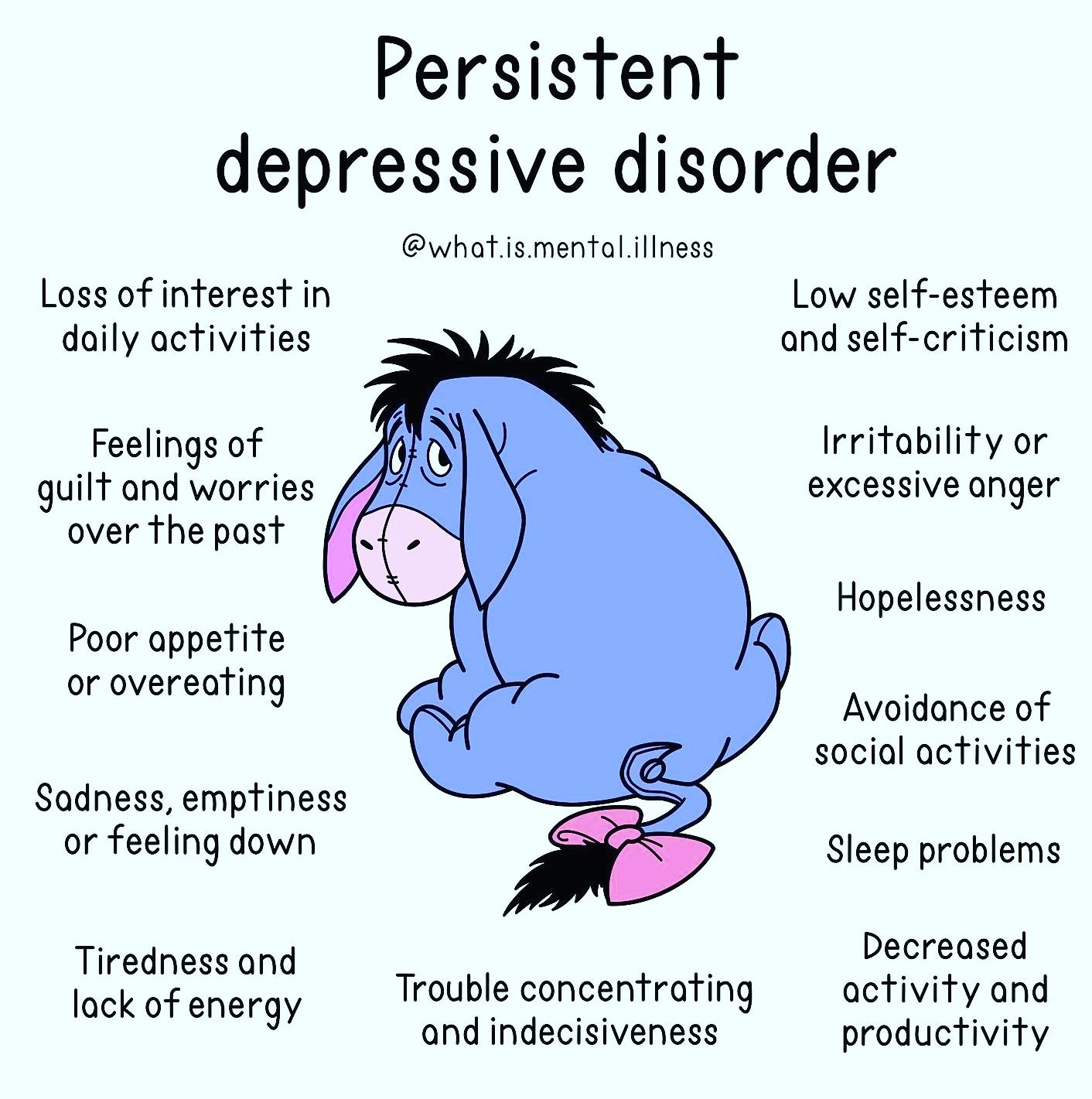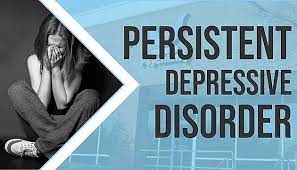Conduct Disorder is a serious behavioral and emotional disorder that affects children and adolescents. Children with conduct disorder often display a pattern of behavior that violates the rights of others and the norms of society. They may engage in behaviors such as aggression towards people or animals, destruction of property, theft, lying, and truancy. The disorder can have a significant impact on a child’s life and may lead to serious problems with family, friends, school, and the law.
The causes of conduct disorder are complex and may involve a combination of genetic, environmental, and social factors. Children with a family history of conduct disorder or other mental health disorders may be at higher risk for developing the disorder. Additionally, exposure to violence or trauma, neglect or abuse, and a lack of parental supervision or support may contribute to the development of conduct disorder.
The symptoms of conduct disorder can vary depending on the individual, but may include aggression towards others, destruction of property, theft, lying, truancy, and a lack of empathy or remorse for their actions. In order for a diagnosis of conduct disorder to be made, the symptoms must occur frequently and persistently over a period of at least six months.
Treatment for conduct disorder typically involves a combination of behavioral therapy, family therapy, and medication. Behavioral therapy, such as cognitive-behavioral therapy or social skills training, can help children learn to manage their behavior, improve their social skills, and learn more effective ways to communicate and interact with others. Family therapy can help parents and caregivers learn more effective strategies for managing their child’s behavior and improving the parent-child relationship. In some cases, medication may also be used to help manage symptoms of conduct disorder, such as impulsivity or aggression.
It is important to seek treatment for conduct disorder as early as possible, as untreated conduct disorder can lead to more serious problems, such as substance abuse, delinquency, and legal problems. With appropriate treatment, many children with conduct disorder are able to improve their behavior and learn more effective ways to interact with others. Parents and caregivers can also play an important role in helping children with conduct disorder by providing consistent and clear boundaries, using positive reinforcement, and modeling appropriate behavior.
While conduct disorder can be a challenging and complex disorder to manage, it is important to remember that with appropriate treatment and support, many children with conduct disorder are able to manage their symptoms and go on to lead happy and successful lives.



















